Founding

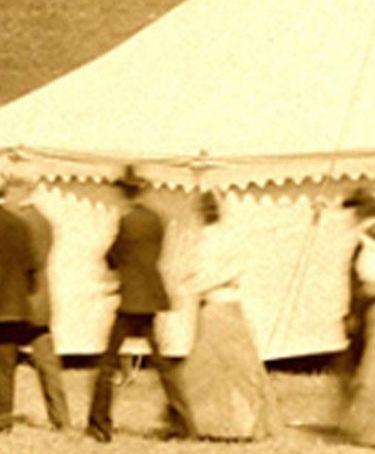
OUR BEGINNING
Two central themes illuminate the Nazarene Story


UNITY IN HOLINESS
The spiritual vision of early Nazarenes was derived from the doctrinal core of John Wesley's preaching. These affirmations include justification by grace through faith, sanctification likewise by grace through faith, entire sanctification as an inheritance available to every Christian, and the witness of the Spirit to God's work in human lives. The holiness movement arose in the 1830s to promote these doctrines, especially entire sanctification. By 1900, however, the movement had splintered.
P. F. Bresee, C. B. Jernigan, C. W. Ruth, and other committed leaders strove to unite holiness factions. The first and second general assemblies were like two bookends:
In October 1907, the Association of Pentecostal Churches of America and the Church of the Nazarene merged in Chicago, Illinois, at the First General Assembly.
In April 1908, a congregation organized in Peniel, Texas, drew into the Nazarene movement the key officers of the Holiness Association of Texas.
The Pennsylvania Conference of the Holiness Christian Church united in September 1908. In October 1908, the Second General Assembly was held at Pilot Point, Texas, the headquarters of the Holiness Church of Christ. The "year of uniting" ended with the merger of this southern denomination with its northern counterpart.
With the Pentecostal Church of Scotland and Pentecostal Mission unions in 1915, the Church of the Nazarene embraced seven previous denominations and parts of two other groups.1 The Nazarenes and The Wesleyan Church emerged as the two denominations that eventually drew together a majority of the holiness movement's independent strands.
MISSION TO THE WORLD
In 1908 there were churches in Canada and organized work in India, Cape Verde, and Japan, soon followed by work in Africa, Mexico, and China. The 1915 mergers added congregations in the British Isles and work in Cuba, Central America, and South America. There were congregations in Syria and Palestine by 1922. As General Superintendent H. F. Reynolds advocated "a mission to the world," support for world evangelization became a distinguishing characteristic of Nazarene life. New technologies were utilized. The church began producing the "Showers of Blessing" radio program in the 1940s, followed by the Spanish broadcast "La Hora Nazarena" and later by broadcasts in other languages. Indigenous holiness churches in Australia and Italy united in the 1940s, others in Canada and Great Britain in the 1950s, and one in Nigeria in 1988.
As the church grew culturally and linguistically diverse, it committed itself in 1980 to internationalization—a deliberate policy of being one church of congregations and districts worldwide, rather than splitting into national churches like earlier Protestant denominations. By the 2001 General Assembly, 42 percent of delegates spoke English as their second language or did not speak it at all. Today 65 percent of Nazarenes and over 80 percent of the church's 439 districts are outside the United States. An early system of colleges in North America and the British Isles has become a global network of institutions. Nazarenes support 14 liberal arts institutions in Africa, Brazil, Canada, Caribbean, Korea, and the United States, as well as five graduate seminaries, 31 undergraduate Bible/theological colleges, 2 nurses training colleges, and one education college worldwide.
1. The seven denominations were: the Central Evangelical Holiness Association (New England), the Association of Pentecostal Churches of America (Middle Atlantic States), New Testament Church of Christ (South), Independent Holiness Church (Southwest), the Church of the Nazarene (West Coast), the Pentecostal Church of Scotland, and the Pentecostal Mission (Southeast). Several mergers occurred regionally before regional churches, in turn, united together in 1907 and 1908.
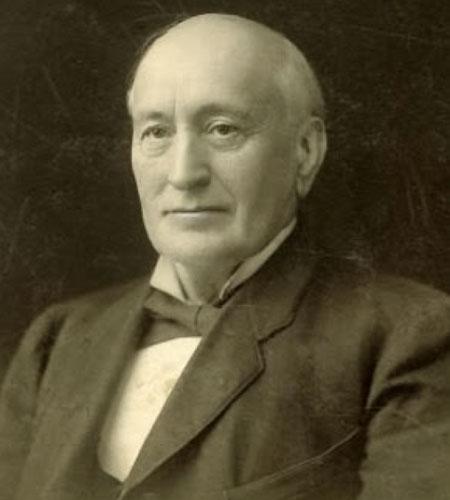
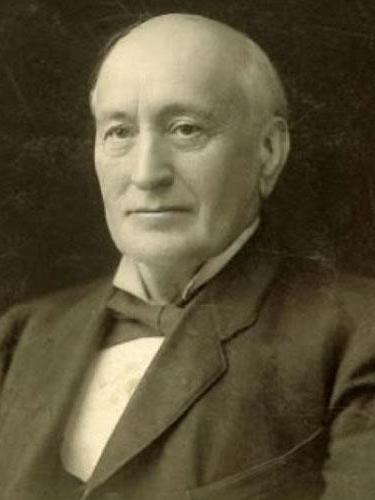
PHINEAS F. BRESEE
In 1907, Bresee led the Church of the Nazarene into a union with another Wesleyan-holiness denomination, the Association of Pentecostal Churches of America, a similar group that originated in New England and extended from Nova Scotia, down New England and the Middle Atlantic states, and westward to Iowa. The Association of Pentecostal Churches of America wanted the Church of the Nazarene to be called The Pentecostal Church of the Nazarene. Meeting in Chicago for their First General Assembly, the two groups formalized their merger, adopting the name Pentecostal Church of the Nazarene and electing two general superintendents (bishops)—one from the western group and one from the eastern body. Bresee was the first general superintendent elected, and he was soon joined by H. F. Reynolds of Brooklyn as the second one.
PERIODS IN NAZARENE HISTORY

Title
1896-1915
Consolidation
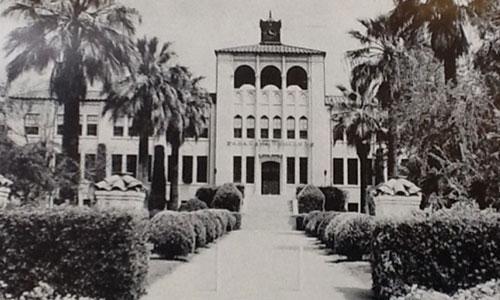
Title
1911-1928
Search for Solid Foundations
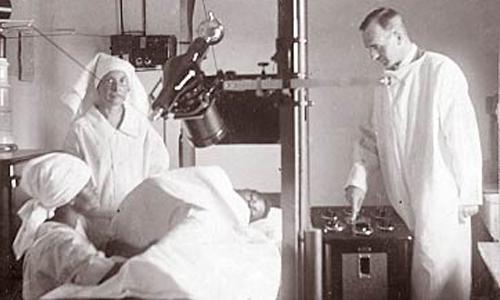
Title
1928-1945
Persistence Amid Adversity
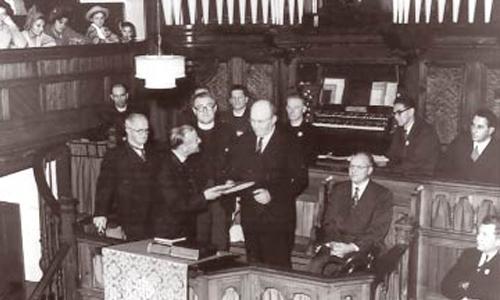
Title
1945-1960
Mid-Century Crusade for Souls
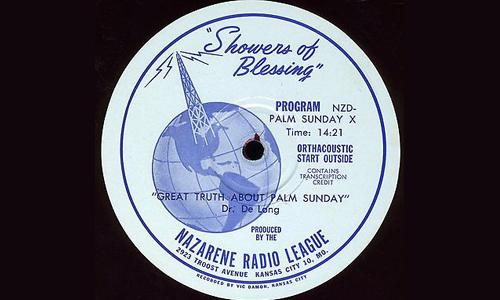
Title
1960-1980
Toward the Post-War Evangelical Mainstream

Title
1976-2003
Internationalization
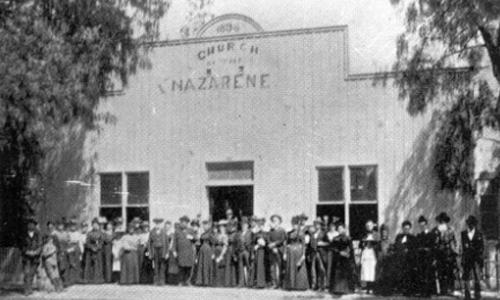
Title
1887-1907
Parent Denominations
